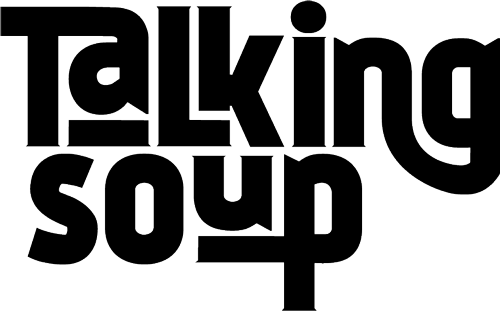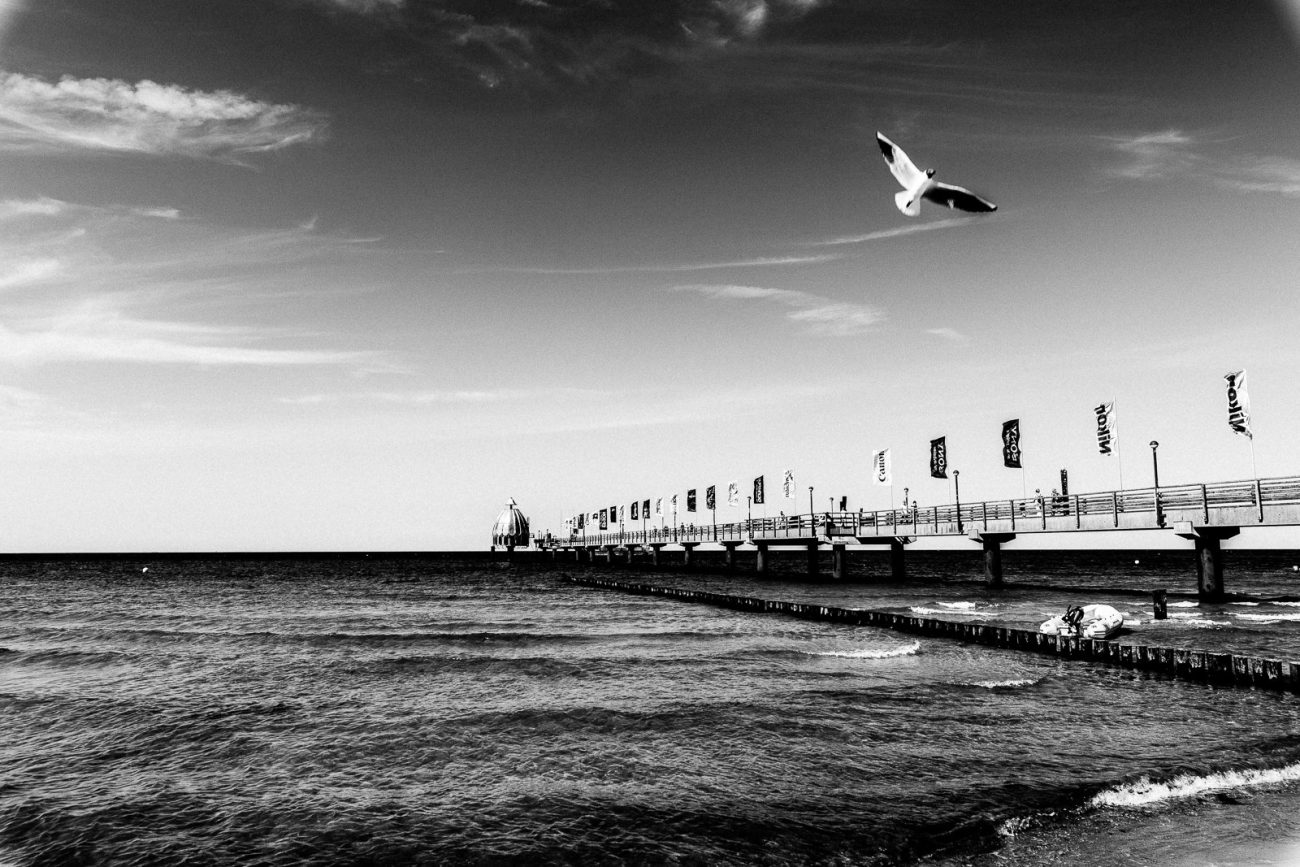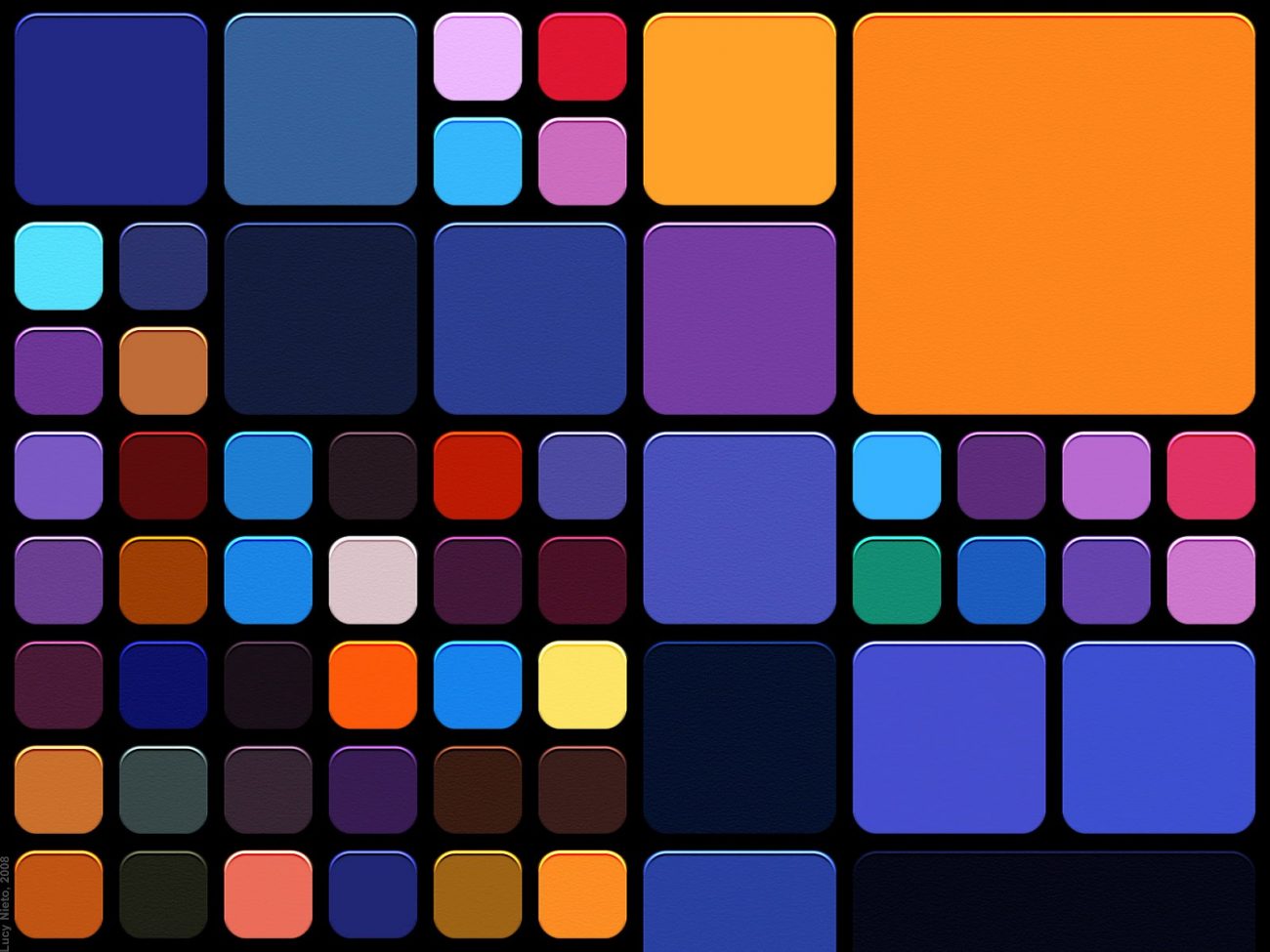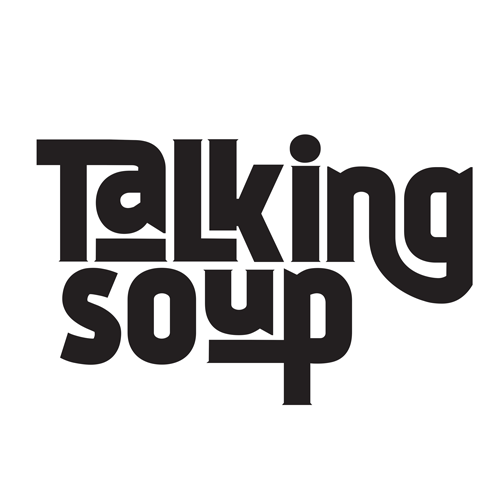‘We have nothing to be afraid of any longer, it’s time to respond’.
‘If we this is considered violence then what do we think of firing at the people who cross the Mediterranean?’
‘The constant fear has been superseded by a genuine desire to change society’.
Someone asked them what they thought, and they responded. They are the voices behind covered faces, the rebellious youth of Catalan independence, they are the messages that remain on the walls and the precious few interviews on TV: everyone talks about them without talking to them, but they are among the most uncomfortable protagonists of these days of protests. Not surprisingly, nobody wants to listen to them, they are disturbing. They talk about the clashes like scenes from a movie and they take pictures from burning bins. They range from the strongly politicised to those not affected by the whims of government. To trace their actions, is to run the gauntlet between Telegram channels and Instagram accounts. Bots are used to clean up the archives and signal meeting points and unattended material fit for the barricades. They are the children of October the 1st, 2017. Many have seen parents and grandparents bloodied for wanting to vote in a referendum. They know the repression of the Spanish state in a Europe in which continuously turns a blind eye. In the lulls on the barricade they listen to the trap, modern beats singing an old familiar song. The lyrics as follows; ‘I want my grandmother to see how freedom wins’.
Protests continue, both in Catalonia and beyond, as a result of the sentence meted out by the Supreme Court. Despite the perfect organisation of the strike and peaceful marches, the protest takes forms decidedly out of the usual schemes of the independence movement. In Barcelona in particular the flames lick very high into the night sky.

Tsunami Democràtic
The great mass of Catalan independentisme that focuses on non-violent mobilisations, has in these months of waiting, organised itself under the guise of the Tsunami Democràtic entity; an entity which manifests itself with a Telegram account comprising more than 350,000 subscribers, from which press releases and instructions for surprise operations, such as the occupation of El Prat airport, are disseminated. The channel is public and reachable, but the anonymous organisation has released a link from which to download an app written specifically for the cycle of protests. It is downloadable and installable on android systems. It is activated by a QR code, the codes are distributed among the people most involved, and can be read up to ten times. For those who are not practical, it is necessary to be physically close to the person who passes the code to read it from smartphone to smartphone. In this way the diffusion is based on the activity of trusted circles.

The Marches for Freedom
The ‘Marches for Freedom’ that left on October the 16th, were ready to be activated on the day of the communication of the sentence. Five processions on the one-hundred kilometre highway, from five different points in Catalonia: Girona, Vic, Berga, Tàrrega and Tarragona, a mechanism made up of hundreds of people who share the tasks, including food preparation, reception at various stages , the administration of water. The journey, they say, is the metaphor of the path to independence.
Meanwhile, the situation in Barcelona, on the third day of the protest week, continues to be very lively. The CDRs (Committees for the Defence of the Republic) convene with choreographic launches of toilet paper, and at dusk informal groups of young people appear that the police subsequently try to disperse. Police brutality soon manifests itself, in the form of rubber bullets, a weapon forbidden to the Catalan police the Mossos d’Esquadra, but wielded without any qualms by the national police. These reappear together with the tradition batons to the head. Vans launched at full speed in the middle of the parades, with foam bullets fired at close range, while the identification numbers of the agents conveniently disappear. Entities and observers such as Iridia denounce what they see, yet police violence grows disproportionately.
The centre of town burns, the fires of the barricades rise until late at night. Seen from above the city recalls scenes from its past, when Barcelona gained the nickname of Rosa de Foc. But we are in 2019, a time when political dissent is intertwined with late capitalist tendencies, and indeed you can see Glovo’s workers diligently darting around the front of a barricade fire. Because in the burning city there are those who do not give up ordering sushi at home.
The general strike
October 17th is the fourth day of mobilizations. The CDRs, inspired by the Olimpiada Popular of 1936 and alongside their colleagues marching against fascism, decide to contrast the police’s rubber by taking balls to the streets in an attempt to convey a relaxed atmosphere. They practice, play and scream: ‘The streets will always be ours’, ‘Catalonia anti-fascist’, ‘Out with the forces of occupation’. The demonstration is declared over in the evening, but there are those who remain to guard the streets. In the same evening, a demonstration by the Spanish extreme right is scheduled. The forces of law and order do not intervene effectively to separate the two factions and create accidents. A boy is attacked by a group of fascists, oblivious to the numerous devices that film their actions. Once again it is the anti-fascists are attacked by the police with rubber bullets.
Convened by inter-unions CSC and Alternativa de Catalunya, the general strike of October the 18th represents themes ranging from work and social issues to the violation of civil rights. At 7:30 am all the main arteries of Catalonia are already blocked. The blockades also begin in Barcelona, while in the district of Gracia an eviction is prevented and the workers of the port cross Via Laietana singing in Spanish: Nuestro pueblo no se toca. ‘Picnics for the Republic’ organize a sit-in at the Sagrada Familia that prevents entry or exit for a while. Dozens of tourists take pictures and guarantee the news of ending up in the newspapers of half the world.
The March for Freedom arrives early in Barcelona: they were very fast. Despite the fatigue, it seems that time wasn’t of the essence and with a jovial speed of eight kilometres per hour, the square of the Jardinets de Gracia is already animated by a tingling of people at around 13:30. The student demonstration joins the strike. The marches have involved hundreds of protesters along the way. The centre of Barcelona is packed, it no longer even matters where the concentrations are supposed to be, people are everywhere. The municipal police estimates about 520,000 people in the city, other sources hazard closer to one million. Slogans such as: ‘The struggle is the only path’ can be read at the head of the marches, as well as references to the punitive sentence; ‘It is not justice but revenge’.
 A little later, on the Via Laietana, a new confrontation between protesters and the national police begins, with massive use of tear gas and rubber bullets. In a few hours the flames of the barricades return to monopolise space in the media. The most violent battle of the week takes place on the night of the 18th. The Mossos intervene for the first time with a truck-hydrant, bought in the nineties and never used until now. In a dystopian twist, fearless tourists and influencers pose for photos in front of the fire, often paying dearly for their imprudence.
A little later, on the Via Laietana, a new confrontation between protesters and the national police begins, with massive use of tear gas and rubber bullets. In a few hours the flames of the barricades return to monopolise space in the media. The most violent battle of the week takes place on the night of the 18th. The Mossos intervene for the first time with a truck-hydrant, bought in the nineties and never used until now. In a dystopian twist, fearless tourists and influencers pose for photos in front of the fire, often paying dearly for their imprudence.
The rebellious youth returns on Saturday night, while the ballet of political dissociations and attempts to bring civil society closer begin. The peaceful campaigners of the traditional movement for Catalan independence speak up, a call to the powers that be, hailing on them no to criminalise young people. Gabriel Rufìan, one of the leaders of Esquerra Republicana, decides to show up in person but is removed for not having overtly defended the youthful anger. Everyone wants to understand what is going on, and in doubt they take the initiative. Hundreds of people organise themselves to form a cushion between the police and the youth. After five hours of sit-ins in front of the police, who threaten at least six times to intervene with a charge to disperse the concentration, they are rewarded by a total withdrawal by the police. Hem guanyat, ‘we have won’, they sing hugging each other, but at least two other barricades burn in another part of the city.

Silent Barcelona
A part of the population remains to watch, they shut themselves away at home, they change the schedules of their activities, exhausted by a conflict in which they often do not know where to position themselves. There are those who strongly condemn, those who invoke the return to quiet. There are those who dispute the strike, those who have seen their shops destroyed and those who have seen cars engulfed in flames, those who have been breathing smoke in the neighbourhoods for days, and those who are afraid. The hotels see the reservations cancelled, those who are already in the city happen to decide to go back home. In general, the almost total lack of information is quite surprising, something which affects both workers and visitors. Tourist facilities tend not to alarm customers in order not to lose money, but find themselves having to deal with anger and fear.
The turn the mobilisations will take in the coming weeks is difficult to predict. What seems clear is that there are those who are willing to pay a price. The balance of the first week is 579 injured people, 19 of whom remain hospitalised to go with the 179 detained, 21 of whom are still in prison. 60 wounds among the press and at least four eyes lost due to the use of the infamous rubber bullets. Yesterday’s 4000-strong demonstration of solidarity in Madrid, was also charged by the police.
As this article is published, roadblocks, garrisons and new demonstrations against repression continue throughout the whole of Catalonia. Alongside the pain and confusion of many, an extreme determination remains, as the young people sing on the barricades:
‘Following the dream with scars on the chest’.
Photos courtesy of El Poble
This article originally appeared in Italian for Napoli Monitor








